
Programming artificial intelligence involves various methods, paradigms, and languages. The approach taken depends on the specific AI task at hand. Here’s a general overview:
Traditional Programming:
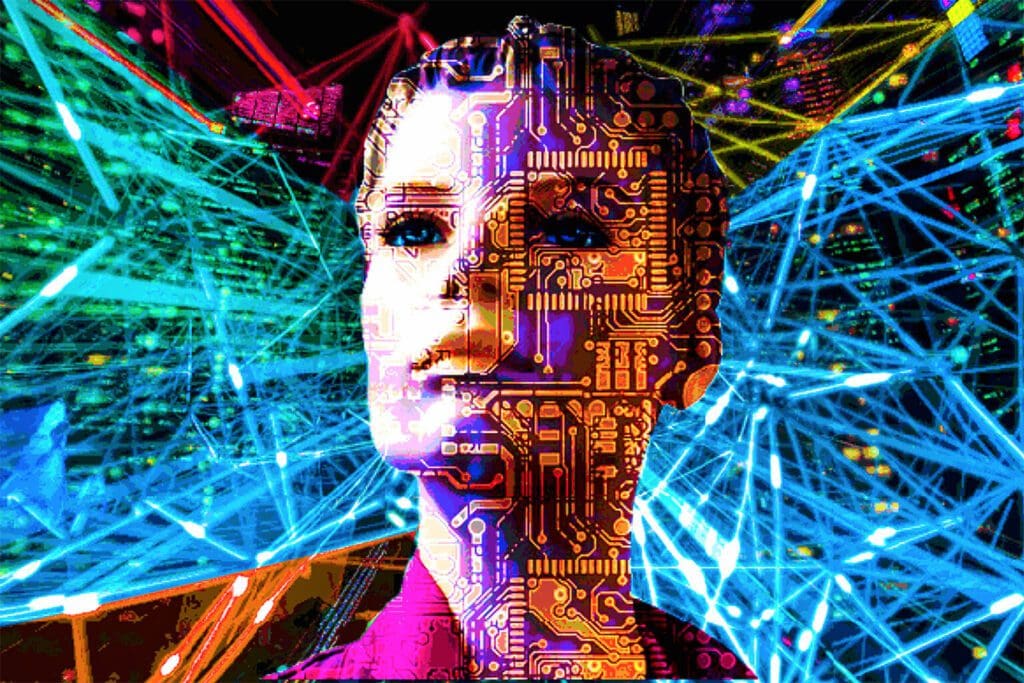
For many years, AI was primarily rule-based. Developers would code specific rules and heuristics that the system followed to make decisions.
This approach is deterministic: given the same input, it will always produce the same output.
Languages like Lisp and Prolog were popular for this kind of AI development.
Machine Learning (ML):

In ML, rather than being explicitly programmed to perform a task, algorithms learn from data. Given enough data, ML algorithms adjust their internal parameters to optimize a particular objective.
Common algorithms include decision trees, support vector machines, clustering algorithms, and linear regression, among others.
Libraries/frameworks like Scikit-learn in Python make it easier to implement these algorithms.
Deep Learning:
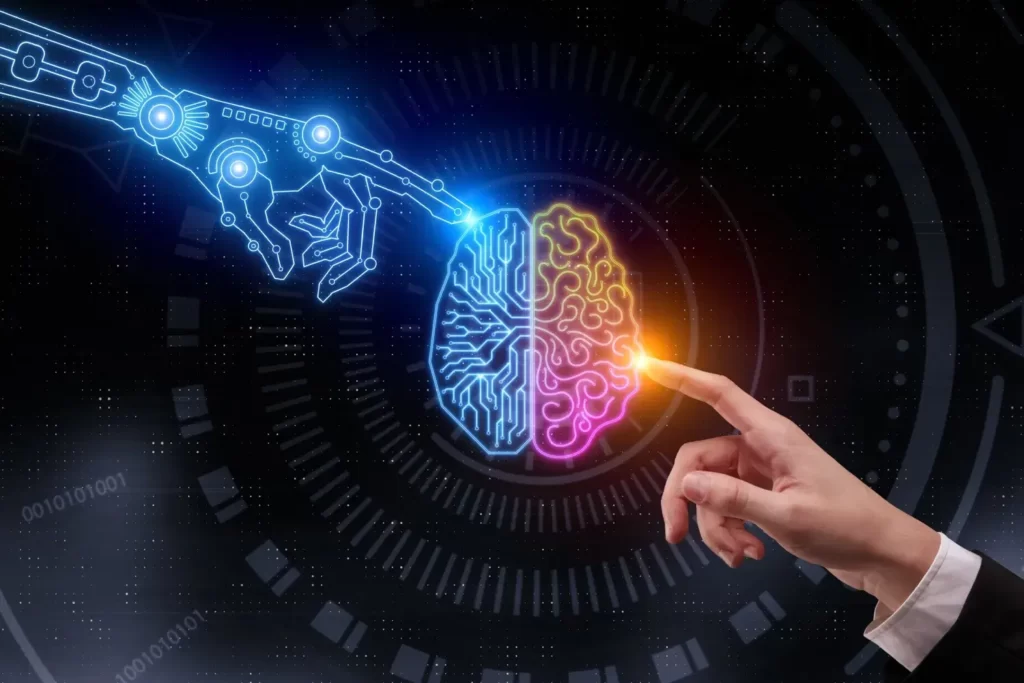
This is a subfield of ML focused on algorithms called artificial neural networks, particularly deep neural networks.
These models consist of many layers of interconnected nodes (inspired by neurons in the brain).
They are especially potent for tasks like image and speech recognition.
Popular frameworks include TensorFlow, Keras, and PyTorch.
Reinforcement Learning:
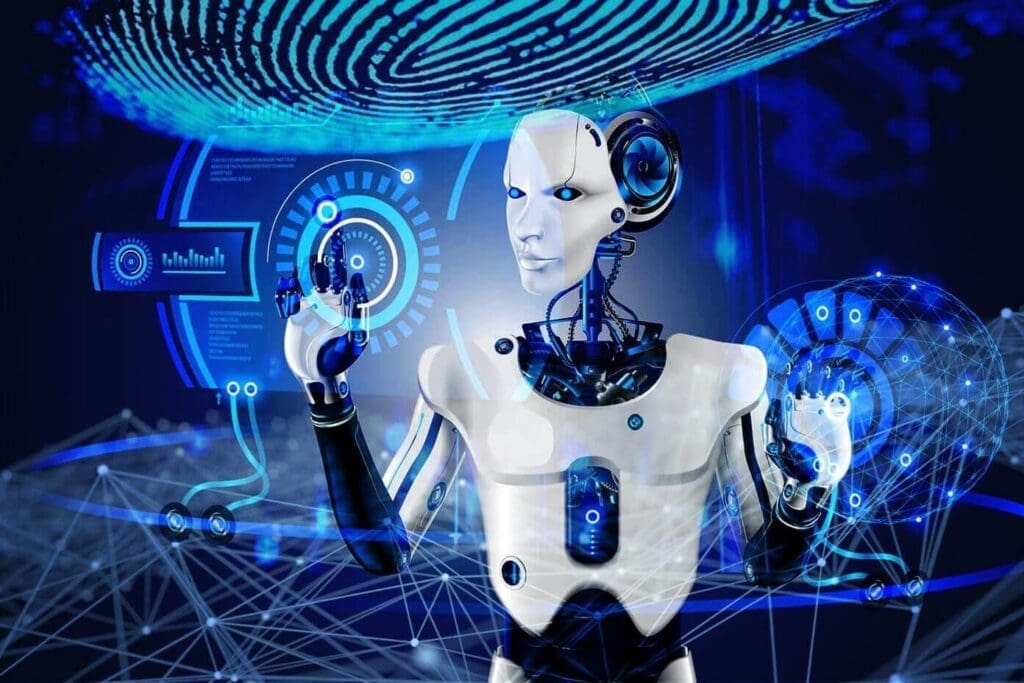
This is a type of ML where algorithms learn by interacting with an environment. They take actions and receive rewards or penalties based on the results of those actions, guiding the learning process.
Used for training agents in simulations, game playing (like AlphaGo by DeepMind), robotics, etc.
Natural Language Processing (NLP):

A branch of AI that focuses on the interaction between computers and human language.
Techniques involve both rule-based methods and ML methods.
Libraries like NLTK, SpaCy, and transformer-based models (like BERT and GPT) are commonly used.
Tools and Languages:
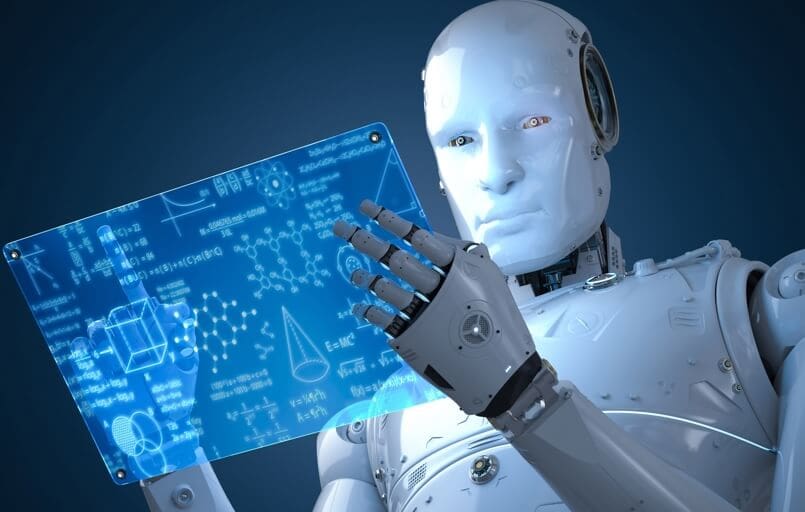
Python is a dominant language in AI/ML development due to its simplicity and the vast ecosystem of libraries.
Other languages like Java, C++, and R are also used, especially in specific contexts or for performance-critical applications.
Training and Inference:
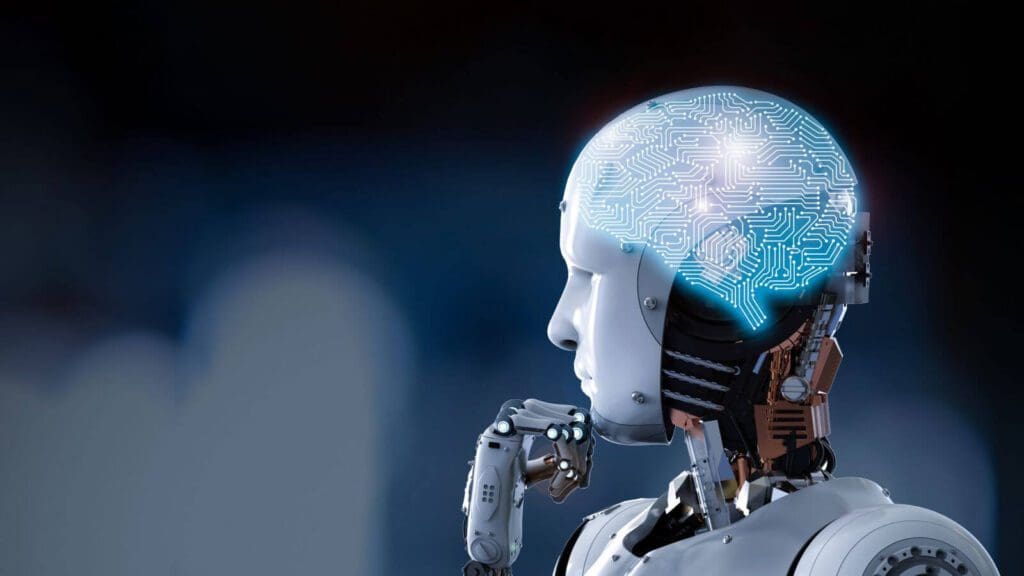
Training involves feeding data into a model and adjusting the model’s parameters to improve its predictions.
Once trained, models undergo inference, where they make predictions on new, unseen data.
Data Preprocessing:
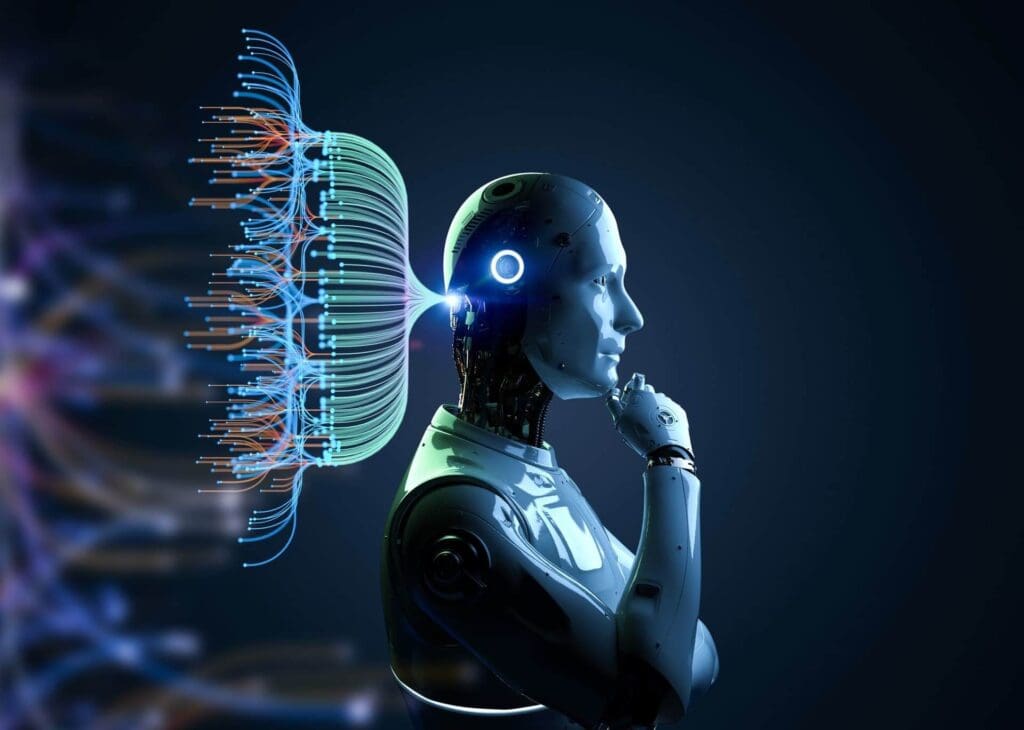
AI, especially ML, often requires data to be in a specific format. Preprocessing might involve normalizing data, handling missing values, encoding categorical variables, and more.
Bias and Fairness:
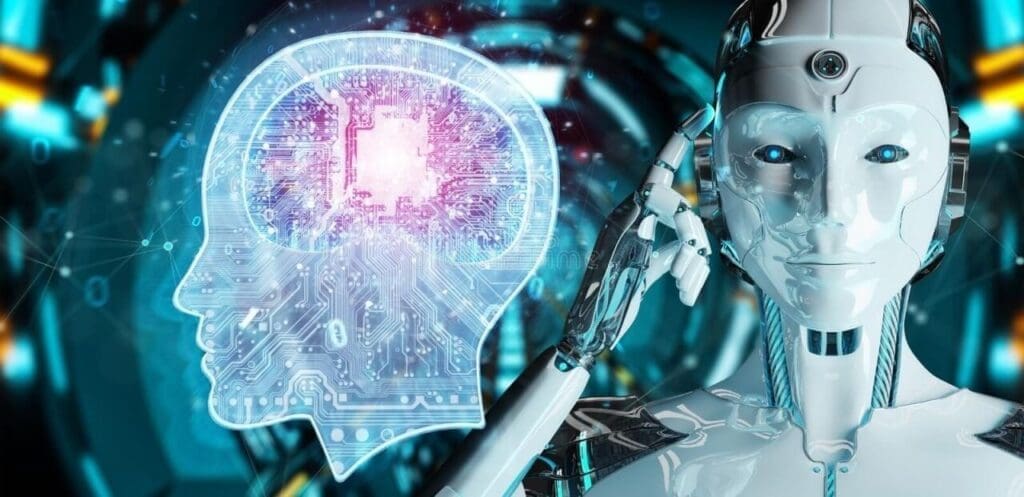
It’s crucial to ensure that AI models are trained on representative data and do not perpetuate or amplify existing biases. Techniques are being developed to diagnose and mitigate biases in AI models.
In practice, programming AI is a multidisciplinary endeavor, often requiring knowledge in computer science, statistics, domain-specific expertise, and more. As the field evolves, the methods and tools also continuously adapt and grow.
You may also like this content
- The End of Chatbots: Why 2026 is the Year of AI Agents (And What It Means for Your Job)
- Would You Choose a Robot Body or a Digital Mind?
- Nano Banana Pro: Free 4K Photo Upscaling Tool
Follow us on TWITTER (X) and be instantly informed about the latest developments…











